Great Lakes and Watershed Studies Research Team
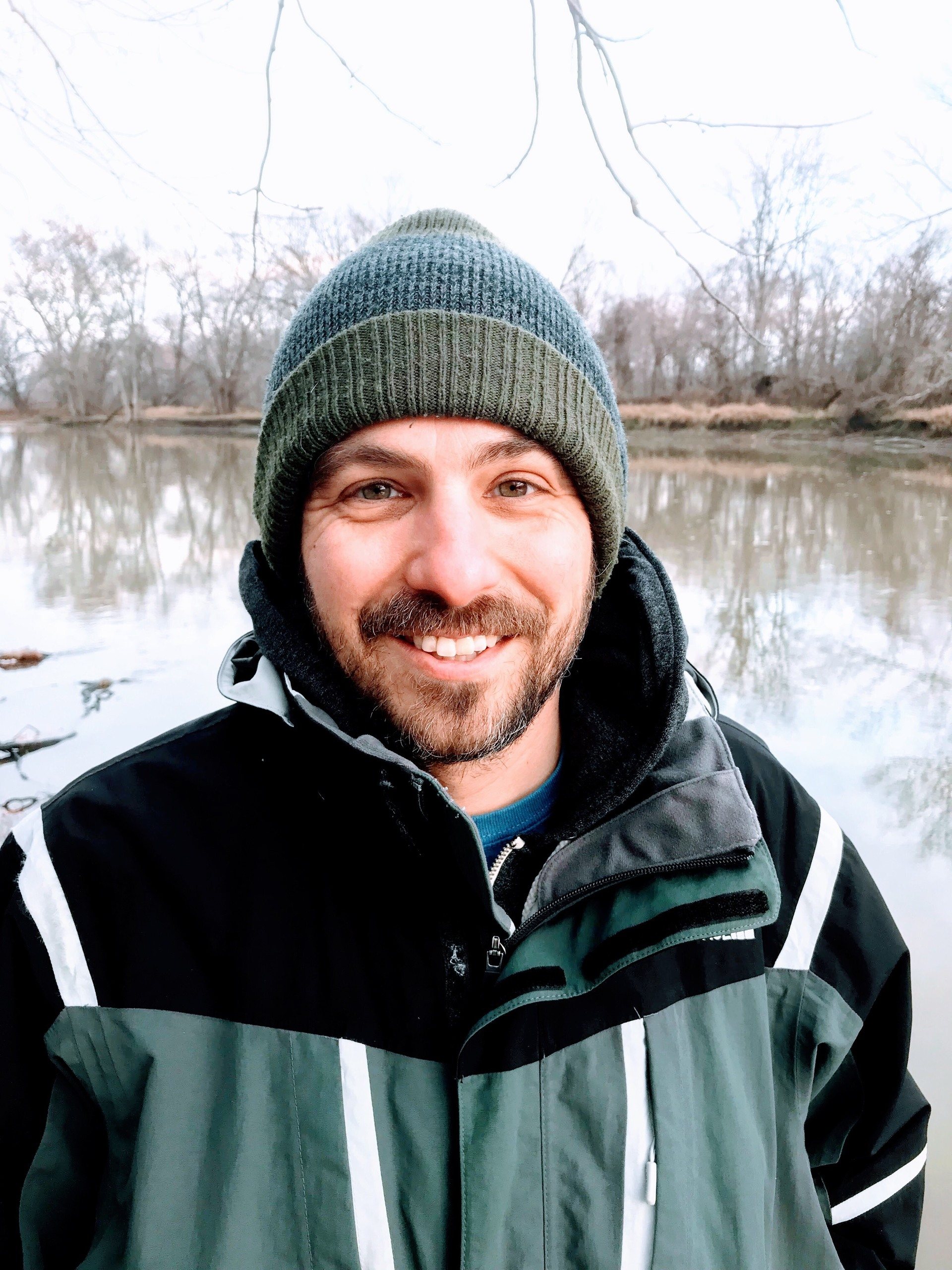
Kevin McCluney
Director of CGLWS
Associate Professor, Department of Biological Sciences
The McCluney Lab focuses on understanding aspects of global change in aquatic and terrestrial ecosystems. They integrate ecological, physiological, and isotopic approaches to understand the dynamics of populations, communities, and ecosystems, with a focus on aquatic, riparian, and terrestrial and urban environments across the U.S. Their work investigates basic ecological questions that have importance for achieving sustainable environmental management in a changing world.

Ganming Liu
Associate Professor, School of Earth, Environment and Society
Dr. Liu has broad research interests in the fields of hydrology/hydrogeology, geospatial science, landscape ecology, environmental science, and sustainability. His research group and collaborators are dedicated to developing new research ideas to solve critical water resources problems in regions and countries around the world. Specific examples of his research themes include:
- Influence of climatic variability/change on water resources and wetland habitats;
- Watershed processes and modeling: predictions of ungauged river basins with integrated modeling and geospatial (remote sensing and GIS) technologies; watershed contaminant transport, etc.;
- Complexity of interacting surface-water and groundwater systems;
- Groundwater flow and mass transport in hydrogeological systems; and
- Inverse/optimization problems.
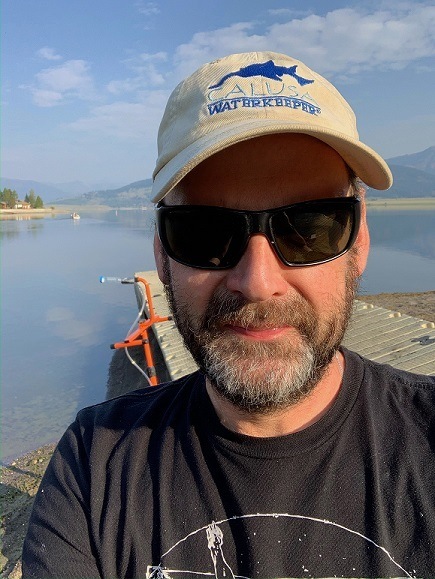
James Metcalf
Associate Professor, Department of Biological Sciences
The Metcalf (TaBS, Toxins and Bioactive Substances) Lab is dedicated to the discovery, analysis and toxicology of novel bioactive substances and an understanding of the short- and long-term effects of exposure on human and animal health. The research also considers different exposure routes and is increasingly examining the potential adverse effects from exposure via airborne and aerosol exposures. In addition, the research in the TaBS lab is interested in understanding the toxicological risk to multiple toxins that are present in air and water and also the investigation of natural intoxications in e.g, dogs that are exposed to these compounds. This includes chemoheterotrophic human pathogens, xenobiotics and other chemical hazards that may be present in water. Ultimately, the goal of the TaBS lab is to understand what components of concern are present in water, air and soil, in particular those derived from cyanobacteria and how they interact to affect short- and long-term human health.
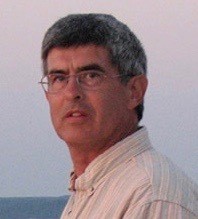
Jeffrey Miner
Professor, Department of Biological Sciences
Dr. Miner's research focuses at the interface of population-community ecology. In particular, he and his graduate students and collaborators address the effects of abiotic variables, as well as perturbations from invasive species on aquatic community structure and population sustainability. Therefore, they conduct experiments on the effects of environmental variables and heterogeneity on predator-prey and competitive interactions, using primarily fish, zooplankton, and macroinvertebrates as their model organisms. This work focuses on the concept that biotic interactions are critical forces regulating abundance and distribution of species, and environmental conditions mediate the intensity of these interactions. Given human-dominated impacts to aquatic ecosystems, much of their research has focused on studying the effects of invasive species, and understanding how habitat remediation/ management can help restore ecosystem functioning in wetlands and lacustuaries in the Lake Erie watershed. Dr. Miner currently teaches limnology, foundations biology, and hold seminars/practicums on field experiences for students to get 'hands-on' experiences in aquatic ecology.

Kevin Neves
Associate Teaching Professor, Department of Biological Sciences
The two primary areas his lab is interested in are the development of integrated multi-trophic aquaponics systems where the byproducts of one organism (typically fish) are used to grow other organisms (typically a detritivore such as crayfish and an extractive organism such as tomatoes). Such systems can be used to generate additional income while minimizing environmental impacts. They have also developed a novel system to reclaim nutrient rich tile drain water from agricultural fields and utilize this to grow fish and plants. The other branch of research is investigating the effects of dissolved carbon dioxide on otolith development in aquacultured fish. Otoliths are responsible for hearing in fish. Carbon dioxide is the causative agent of calcium-based cataracts in fish such as Atlantic cod, and it is suspected to be responsible for improper otolith development which may lead to welfare issues in fish, both those kept in recirculating aquaculture systems and those released into the environment.
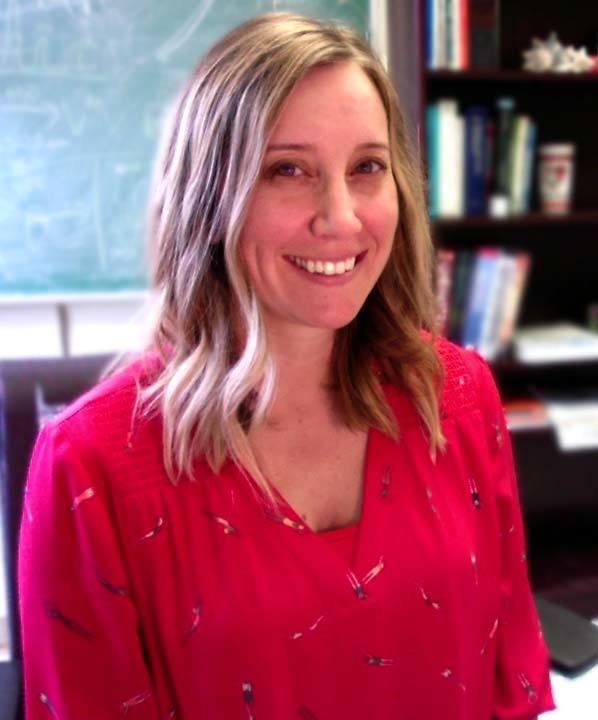
Alexis Ostrowski
Associate Professor, Department of Chemistry
The Ostrowski Photochemistry Lab research is inspired by the interactions of metal ions in natural systems. They focus on the fundamental photochemistry of biopolymers with metal-coordination interactions, and are interested in understanding how these photochemical reactions contribute to metal ion cycling in the watershed (e.g. Fe). In addition, they use this photochemistry as inspiration, creating new photo-responsive materials. They have designed photoresponsive materials for wastewater treatment and sustainable bioplastics that rely on metal ion coordination to biopolymers. They are investigating how these materials degrade and influence nutrient cycling, plant growth, and microbial communities at the agricultural/watershed interface, particularly in coastal systems like the Great Lakes.

Angélica Vázquez-Ortega
Associate Professor, School of Earth, Environment and Society
Dr. Vázquez-Ortega's specialty areas of interest include environmental science, soil and water chemistry, geochemistry, biogeochemistry, and geomicrobiology. Her current research focuses on: (1) determining the nutrient and carbon distribution in agricultural soils subjected to different best management practices, (2) determining the parameters that enhance phosphate removal from agriculture tile drainage employing edge-of-field practices (e.g., Fe-oxide filters), and (3) identifying the effects of dredged material on soil health, crop yield, inorganic and organic contaminants bioaccumulation in grains and nutrient export into waterways.

Christopher Ward
Assistant Professor, Department of Biological Sciences
The Aquatic MicroBiomes Lab (AMBL) research examines community processes in aquatic microbial ecology, with a particular focus on algal-heterotroph interactions and their interplay with environmental drivers. Their research spans both natural and engineered ecosystems, including the Great Lakes, the coastal ocean, and algal cultivation ponds. They combine field observations, experimental manipulations, microbial culturing, and community sequencing/bioinformatics to understand the distributions and interrelationships of important microbial groups. They are also interested in the ecological theory of microbiomes and how it may be used to advance algal biofuel production and aquaculture.
Emeritus Members
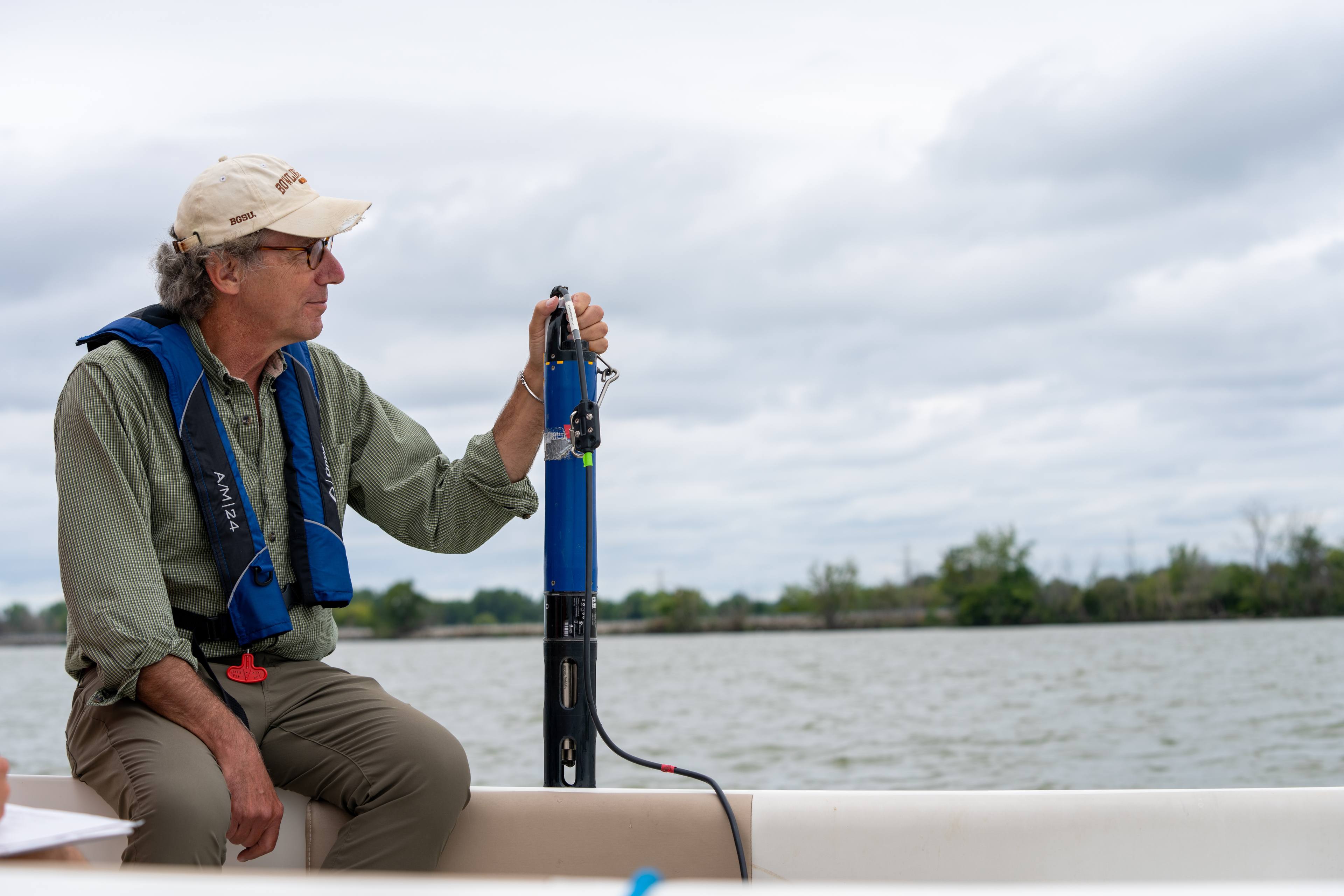
Dr. George Bullerjahn
Emeritus Professor, Department of Biological Sciences
Dr. Bullerjahn's research group has traditionally focused on enumeration and the physiological performance of phototrophs and ecologically important chemolithotrophs in aquatic systems. Specifically, they currently examine the composition and dynamics of cyanobacterial and microbial communities in freshwater environments, focusing primarily on the N and P cycles in the Laurentian Great Lakes. These studies have assisted in the assessment of factors contributing to toxic cyanobacterial bloom events in regional lakes. BGSU's efforts examining cyanobacterial blooms have led to the formation of the NIEHS and NSF-funded Great Lakes Center for Freshwaters and Human Health (PI Bullerjahn).

W. Robert Midden
Emeritus Professor, Department of Chemistry
Dr. Midden leads a science research group investigating problems that are threatening the environmental welfare and economic vitality of Lake Erie and other Ohio lakes, rivers, and streams. The focus is on improving understanding of the chemical processes in water and soil that determine environmental integrity and ecological health. This includes a large, multi-faceted investigation of wetland mitigation of hydrological transport of the agricultural nutrients that drive formation of Harmful Algal Blooms and the development of technology to improve the environmental sustainability of the use of animal waste as a fertilizer for maximizing crop yield. These efforts have involved more than 40 undergraduate and graduate students over the last several years and involve collaboration with several government agencies and scientists from throughout the region in searching for solutions to some of the most pressing environmental issues in Ohio.
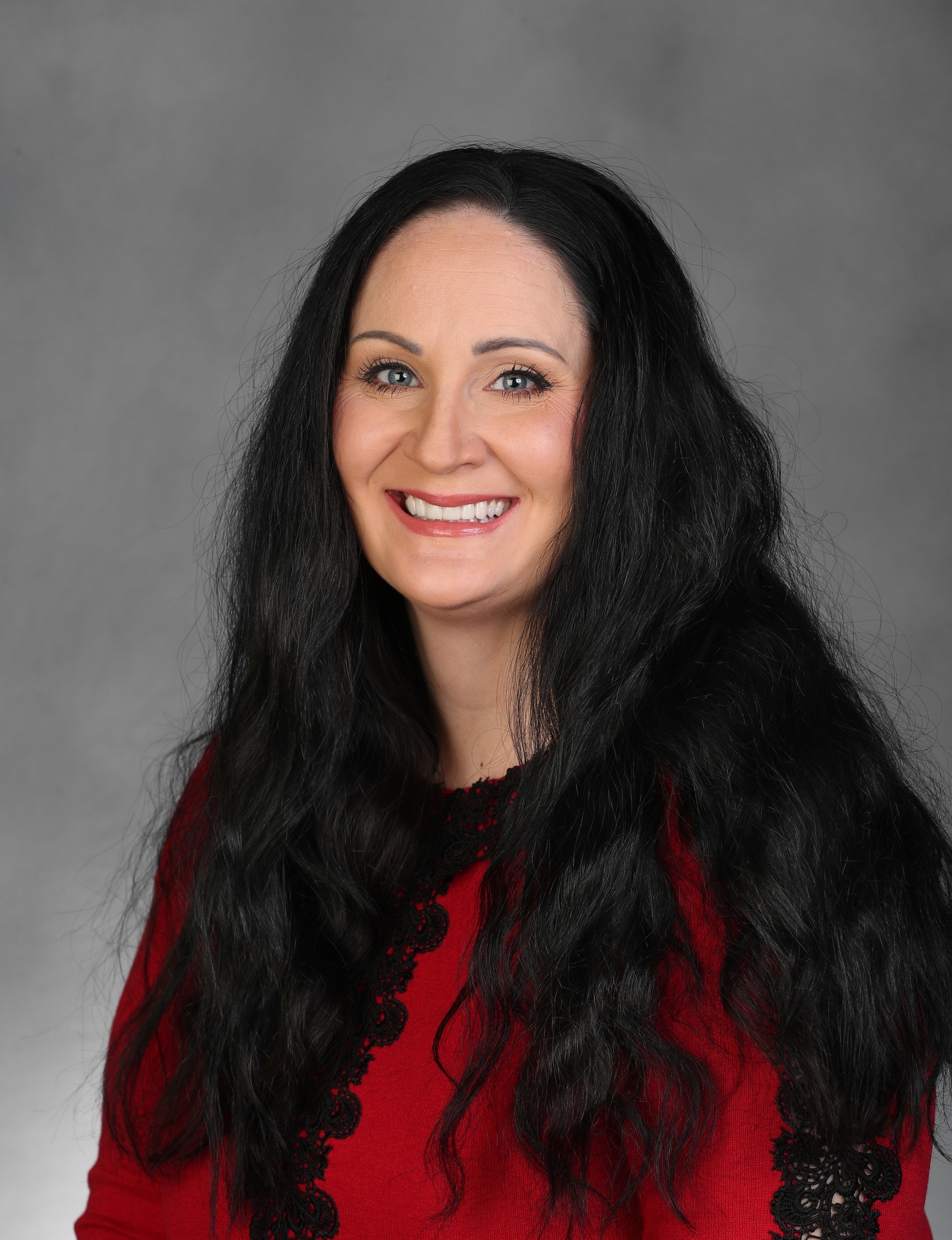
Shannon Pelini
Associate Professor, Department of Biological Sciences
The Pelini Lab examines above- and belowground arthropod-dominated food webs. They seek to understand how changes in these food webs affect nutrient cycling, decomposition, and other processes. Their research uses field, greenhouse, and lab experiments. Dr. Pelini teaches undergraduate and graduate courses in ecology.
Updated: 06/20/2024 03:50PM
